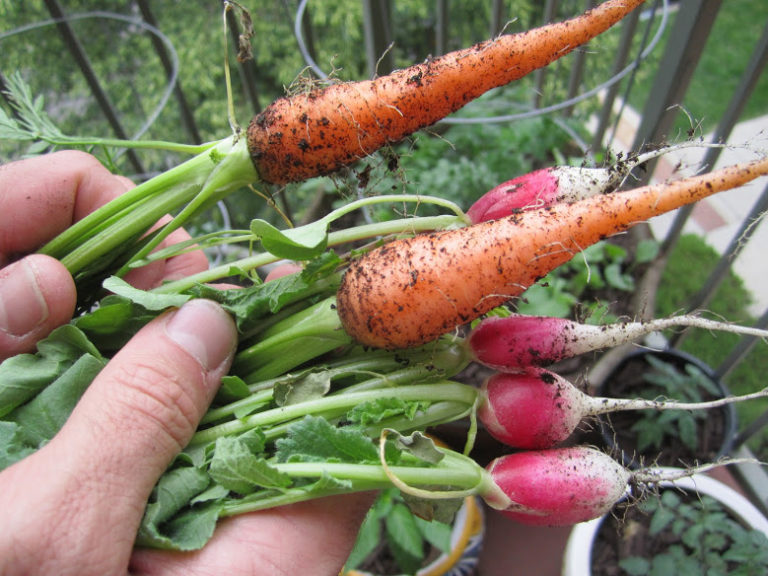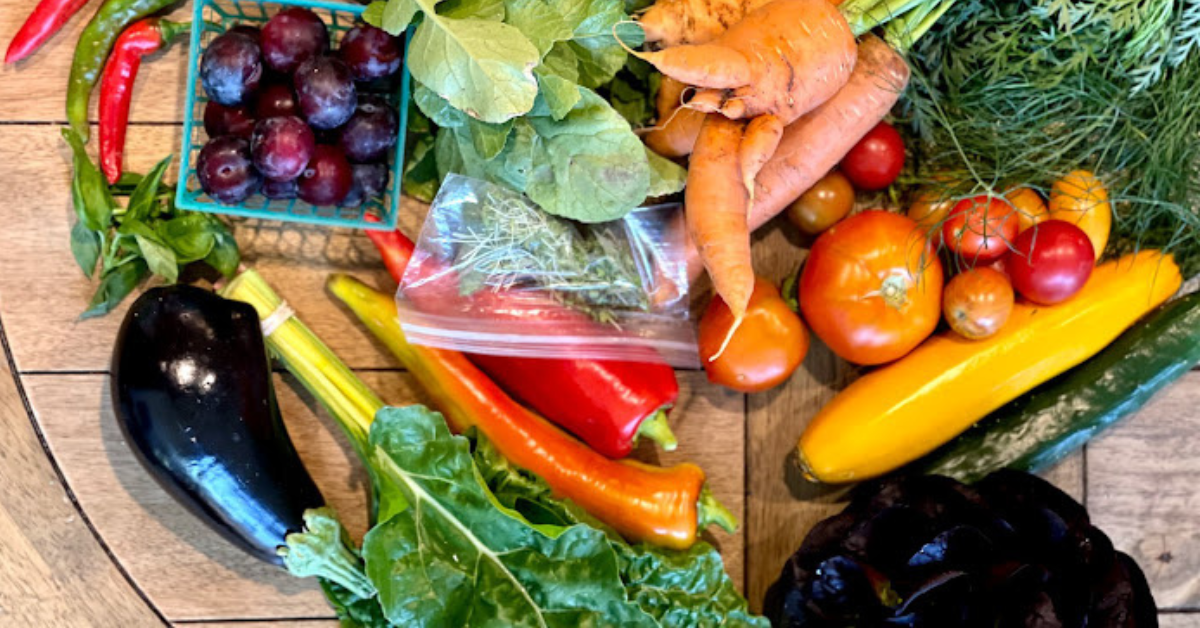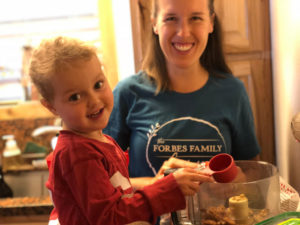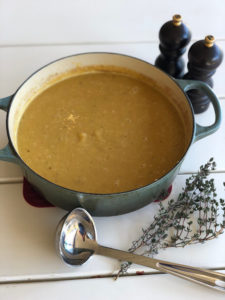Local vs Organic
On a recent family vacation my brother asked a question we hear frequently: “Is it better to buy locally grown food or organic food?” As with everything in life, the answer is nuanced and context matters.
At the heart of this question is wanting to provide the healthiest, cleanest food for our families.
Many people tout the benefits of eating local foods: more nutrients, better flavor, in tune with the seasons, supports the local economy, benefits the environment, promotes a safer food supply, etc. But you’ve likely also read about all the pesticides and chemicals used in conventional farming operations, so have heard you should only buy organic. So what are you supposed to do?
Before we dive into our answer, let’s take a quick step back to define organic and local food.
Organic is a label to show certain requirements are met
Organic food is grown on farms committed to following prescribed government regulations, particularly related to environmentally friendly agricultural methods. Eating organically grown food may reduce the amount of pesticides we consume. It will also ensure we are not eating genetically modified organisms (GMOs).
While the organic movement grew out of small, community-based farms, the increasing popularity has led to the creation of big organic operations that are farmed in a more industrial manner and then shipped all across the world. Thus there is still an environmental impact due to the transportation miles. Additionally, produce needs to be picked earlier, before peak ripeness, in order to allow for shipping time. At the end of the day, organic food gives you some baseline assurance about the methods used to grow a product. If I’m debating between buying organic or conventional food at the grocery store, hands down organic if possible.
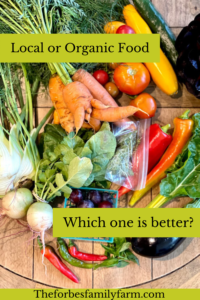
Local food is grown in your community
While there’s no standard definition for locally grown food, generally “local” food is considered any agricultural product grown or produced within 100 miles of where you live. It’s typically grown on smaller, independent operations and it isn’t transported hundreds or thousands of miles before ending up on your plate. Local food isn’t necessarily organic, but many farmers have similar environmental goals and work to produce the highest quality food possible. Because they are local and involved in the community, you also have the opportunity to ask them questions to learn more about their practices.
This is where context really matters. In some areas there are many options nearby and in other parts of the country it’s a bit more challenging to find good local food. For instance, in central California there are hundreds of producers. Many of them are large-scale industrial operations shipping food all across the country, but some are small producers who welcome consumers to shop for their meat and produce at the farm. In that instance, it may be a matter of narrowing down your many options to see which farm most aligns with your values. Where we live in NE Utah there are only a handful of farms within 100 miles of us, so for some products we increase that 100-mile radius, but still try to source products from as close as we possibly can. And most importantly, from people we’ve gotten to know and trust.
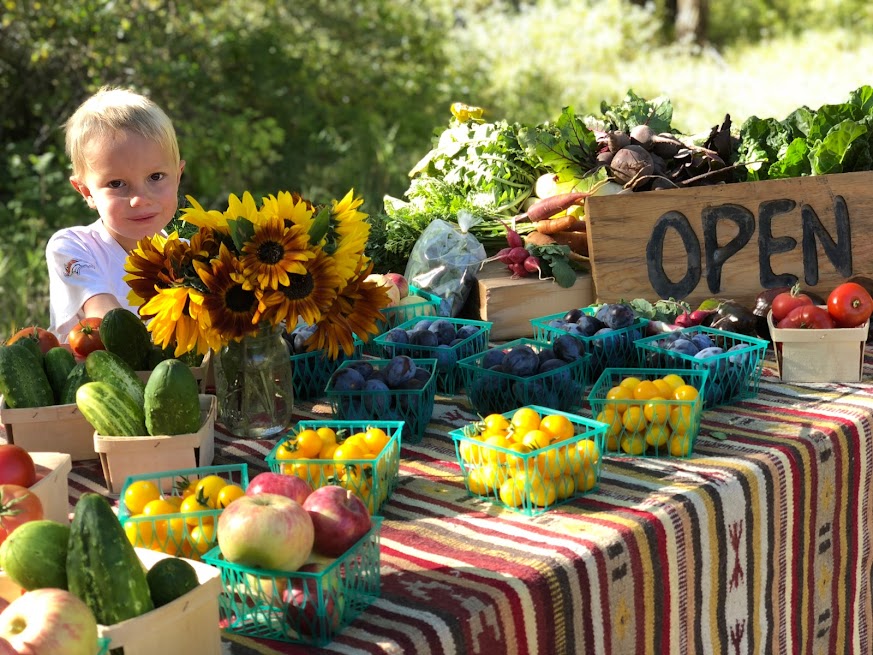
Local usually trumps organic
The key to making the right decision for your family is getting to know the farmer or producer. Develop a relationship, get to know their values and determine whether that aligns with your own priorities related to your food. So in our opinion, local trumps organic most of the time. There are certainly still cases when we’ll purchase organic food in our local grocery store, or from services like Thrive Market where we order some of our pantry staples. But whenever possible we try to source our food locally. From real people we can put a name and a face to. Whose businesses we can support. Whose values align with our own. And whose food doesn’t have to travel very far to reach our plate.
But how exactly do you find food grown in your area? It’s hard to know where to start, especially if you’re used to shopping at a large grocery chain or ordering online.
Where should you start looking?
While it may sound obvious, start by asking family and friends if they know of any local farmers or food producers. Many of our best farm customers found us by word of mouth! Use those networks.
Check out your local farmer’s market. Over the last few decades there has been a significant increase in the number of farmer’s markets. They provide a great opportunity to actually talk to the people growing your food. You can ask questions about the growing practices as well as gain insights into the varieties of produce or meat they have available. Local farmers can also be a great source to find out about other local producers.
An increasing number of locally owned grocery stores or co-ops may carry local food, so it may be another source to check out. Although getting to know the farmer or producer gives you a greater connection to your food, sometimes the convenience of a grocery store wins out.
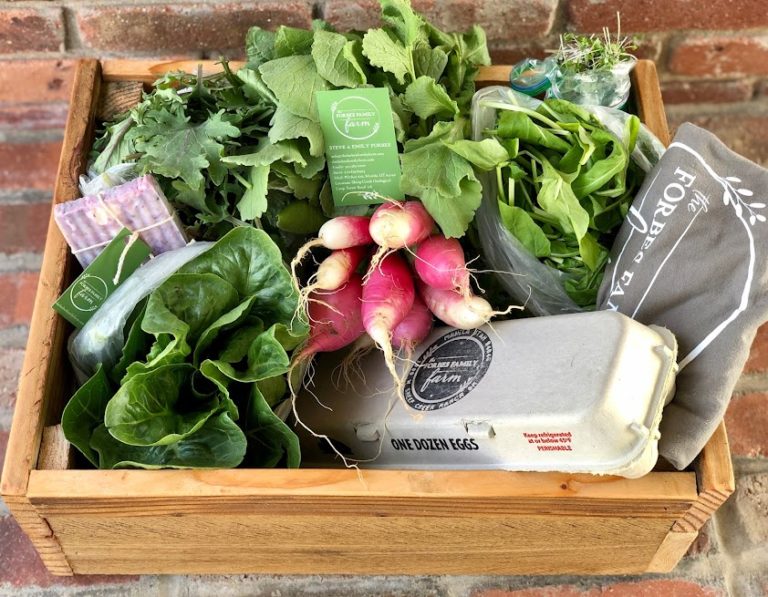
Invest in your local farms and ranches
You may also want to consider joining a Community Supported Agriculture (CSA) in your area. In a CSA program, community members purchase a share of a farm’s harvest up front and then receive a box of produce or meat all season long. This model allows the community to share in both the risk and the rewards with the farmer. One of the best sites for finding a CSA in your area is LocalHarvest.org.
Most states also have a directory of local farms – here is a resource from the National Sustainable Agriculture Commission helping you locate a directory for your own state. If you are also interested in finding meat, eggs and dairy products from 100% grass fed animals, EatWild.com is another site to explore. They offer a state-by-state listing to help you get started finding a local producer.
Perhaps try growing food yourself!
And the most local source of all is right in your own backyard or balcony. You can start growing in any space you have available, no matter how small. When Steve and I were first married we turned our condo balcony into a little container garden and started growing our own herbs and tomatoes and anything else we could fit into that little space. That truly will be the freshest, most nutrient dense produce you can find! If you’re interested in getting started with some of our favorite backyard veggies – check out our Seed to Plate Tutorials. It’s our video series walking you through growing and cooking with seven types of veggies – including tomatoes, basil and green beans!
Every climate and location is different, but if you look hard enough, you’re bound to find some great local food sources. It’s easiest to find locally grown produce or meat, but depending on your state you may be able to find local dairy products also.
We hope you are inspired to find wonderful local food sources, get to know the producers in your community and eat high quality, delicious food!
